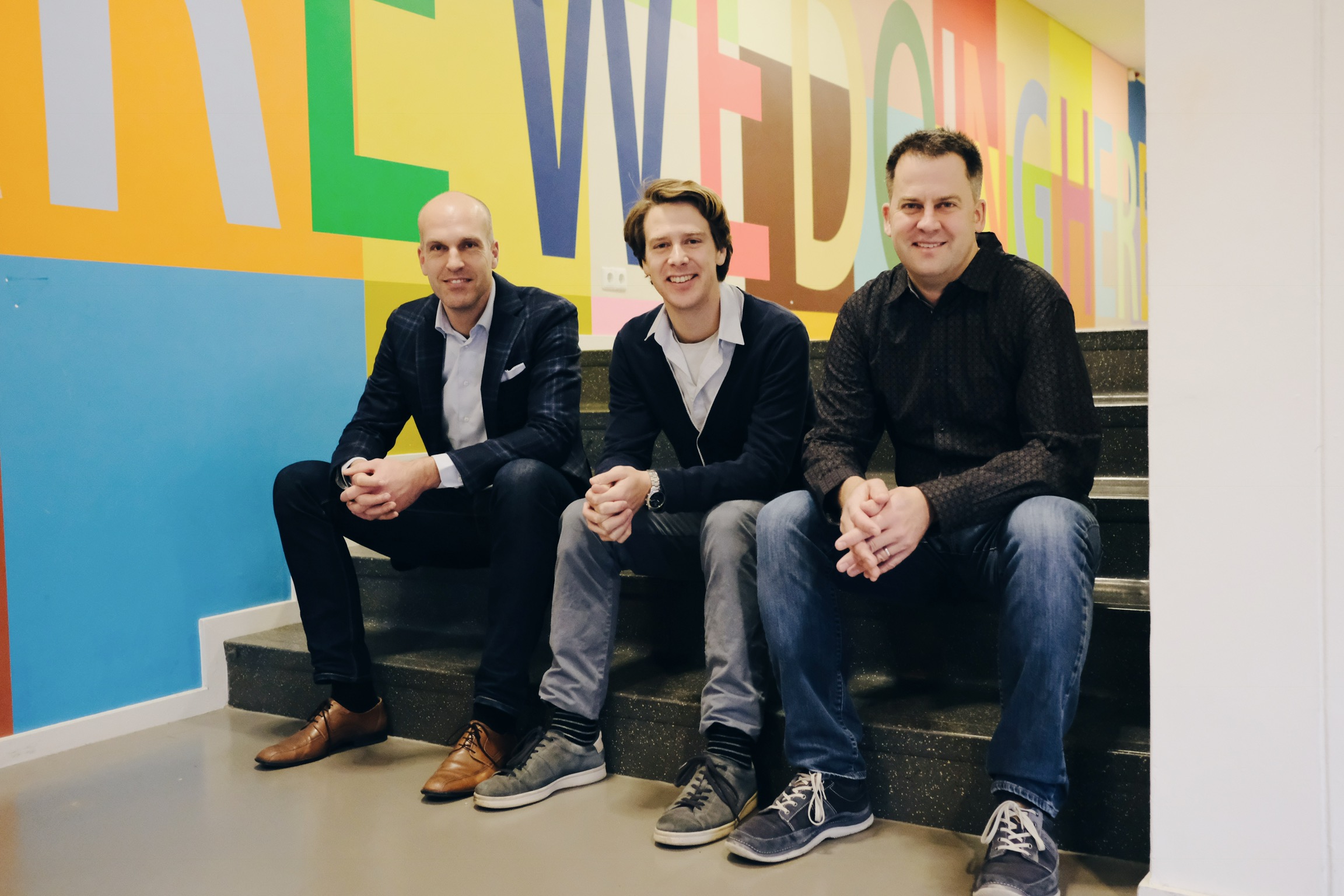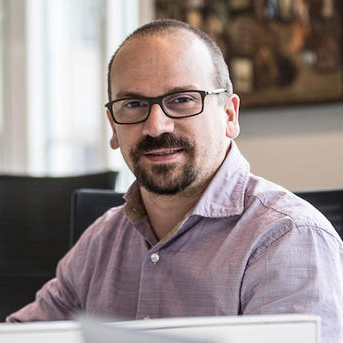Blue skies and clear deliverables: how setting targets can boost employees’ creativity
Businesses increasingly see the value in inspiring employees to work more creatively – and they’re offering more time and resources for out-of-the-box thinking. Technology giant Google expects staff to spend 80 per cent of their time on routine daily tasks and reserve 20 per cent for more creative work; many logistics firms tell employees to set aside a few hours a week to brainstorm on how to make processes more efficient. But for all its popularity, little is known about how well this approach works, Maastricht University academics Alexander Brüggen and Christoph Feichter did research on this topic.

“Most firms want to encourage creativity or innovation or process improvement, but it’s always a struggle to know how you can foster that,” observes Brüggen, professor of management accounting at Maastricht University’s School of Business and Economics (SBE). The good news is that a study co-authored by Brüggen, his SBE colleague Feichter and US-based scholar Michael G. Williamson, and part-funded by the Chartered Institute of Management Accountants, may hold some answers.
“A lot of companies play around with policies to ensure employees have enough time and enough resources available to think about creative tasks,” says Feichter, assistant professor of accounting and information management at SBE. “But what we show is that you can increase the effectiveness of these policies by making sure people have a ‘free mind’ once they switch from routine to creative tasks.”
Download the free CIMA Research Executive Summary, “How target setting can unleash and enhance creativity”, by Alexander Bruggen, Christoph Feichter and Michael G. Williamson.
Target practice
What this means is that when giving individuals more time and resources to think creatively, companies must also have inputs and output targets for their regular work: both the time spent doing the work, and the results expected. To be truly effective, it may require companies to slightly reduce those demands.
“If you know a production worker has the capacity to produce 100 units per week, you may instead set a target of 80, which gives the individual employee time in which he or she can think about ways to improve processes, come up with new products, or to think about new creative approaches,” Feichter says. “These are methods of tapping into employees’ existing knowledge.”
In their study, which CIMA has published as a practitioner’s version aimed at business professionals and which will appear in the journal Accounting Review in early 2018, Brüggen, Feichter and Williamson conducted research in which participants were given a routine decoding task and a creative task. There were four groups, with each receiving different degrees of instruction. “It ranged from no guidance at all, guidance on the input – i.e. how much time they should allocate – to guidance on the output, or a combination of both,” Brüggen explains.
Input and output are both key
The researchers’ conclusion? Providing only input guidance by telling an employee how much time a task should take, or only output guidance such as the number of units expected per week, does not have a noticeable impact on creativity. But when both input and output guidance are provided, employee creativity increases.
“This is consistent with the theory we built,” Feichter says. “On the one hand, people need to have enough time to work on creative tasks. On the other hand, providing output targets for routine tasks helps people to disengage from their routine work and then have a fully free mind when they work on the creative task.”
What’s needed, Feichter and Brüggen say, is cognitive closure to ensure there is no “attention residue” focused on routine work when it’s time to shift to creative thinking.
“Without cognitive closure you are constantly asking yourself, even while you are working on the creative task, whether you did a good enough job on the routine task and whether you fulfilled all the requirements,” Feichter observes. “You’re still somewhat focused on the previous task. If you provide only an output target, then people will get so engaged in the routine task they don’t really think about switching to the creative task. If you provide both, they can have a free mind when they make the switch.”
Cost-effective creativity
The method is one the researchers believe can be effective in any type of organisation – and, moreover, it needn’t be costly.
“I think the research was well received because it has quite cool applications,” Brüggen says. “We show a relatively simple way you can trigger creativity. In our study there was no specific performance-based pay whatsoever. We are not arguing that you need to pay more to get more creativity. It’s simply a matter of input/output measures, which already exist in some way or another in organisations.”
“Measuring creative performance is very difficult,” adds Brüggen, “But if you focus your control on the routine task, it spins over to the creative task, namely thinking up new ideas and process improvement. There are a lot of benefits: it can also trigger a feeling of identity. If you as an employee are allowed to put forward a creative idea, it’s very motivating.”
Also read
-
The surgeon who, defeated, leaves the operating room after hours of surgery, to tell the relatives that, unfortunately, the patient did not make it. This role, which most people only know from films and TV series, was one that vascular surgeon Michael Jacobs had to play more often in his career than...
-
Maastricht, Seattle, London, The Hague, Brussels, Maastricht: his career has taken a roundabout route so far. But for Davy Pieters (41), returning ‘home’ after an international career felt like coming full circle.
-
Having won the prestigious Perspectief grant, the MERLN-led FAB4FUTURE project develops a toolbox for the scalable production of stem cell-based tissue for medical purposes and cultured meat. Project leader Lorenzo Moroni and principal investigator Matt Baker on the creative synergy addressing weak...
- in Featured


